Search Results

Laser Beam Welding Gets a Magnet Make-Over
Our day-to-day lives are dependent on the safety of technical systems and processes. We blindly trust that reactor vessels withstand the test of time, that the train or ship we’re on does not break down. These metal structures, in turn, rely on accurate welding processes. Here’s where BAM Federal Institute for Materials Research and Testing comes into the picture. BAM researchers have been working on improving upon the high-power laser beam welding process in order to promote safer and more […]
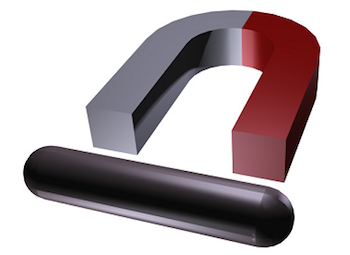
Quick Intro to Permanent Magnet Modeling
I’ve written several blog entries involving permanent magnets, in one way or another. Reading those may have raised the question “what about a more simple introduction to permanent magnet simulations?” Fair enough, here’s how to model a permanent magnet and its surrounding magnetic field.
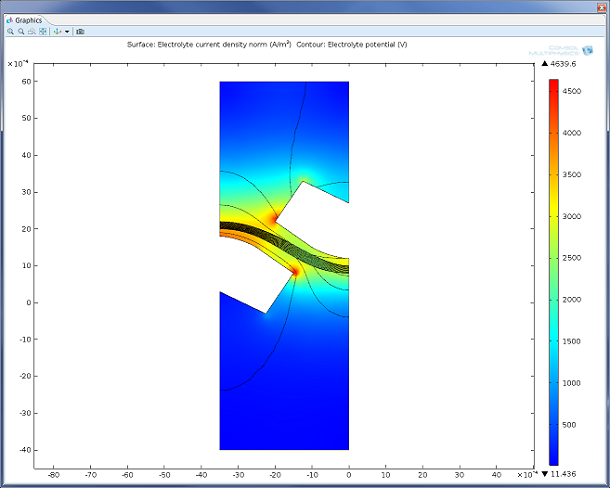
Electrochemistry, from Electroanalysis to Industrial Electrolysis
My colleague, Edmund Dickinson, recently blogged about cyclic voltammetry, and how this can be modeled. It was a fantastic blog entry, as it really described the application, and how to implement such models in COMSOL Multiphysics. While Edmund has a background in electroanalysis, where cyclic voltammetry, potentiometry, and electrochemical impedance are important tools, I had a different but similar life before COMSOL, working within industrial electrolysis. For both of us, the new Electrochemistry Module would have been the perfect tool […]
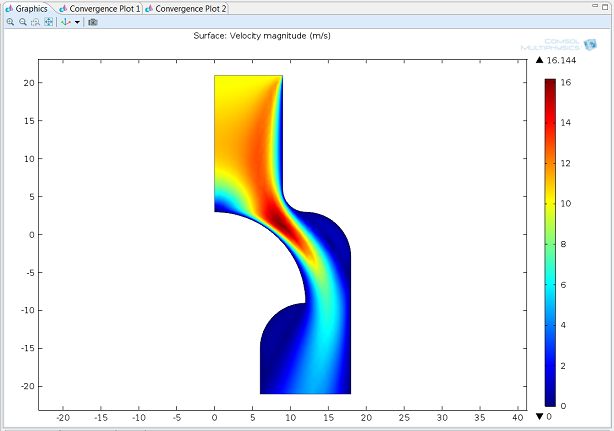
Creating 2D Models from 3D Geometries in COMSOL Multiphysics
Our newest release, COMSOL Multiphysics version 4.3b, contains so many new modules and features, certain additions might get lost in the fray. One addition to the COMSOL Multiphysics base package we don’t want you to miss is the ability to create 2D models from cross sections of 3D geometries. This easy-to-use feature allows engineers to simplify the model, gain understanding of and fine-tune parameters, and dramatically reduce simulation time.
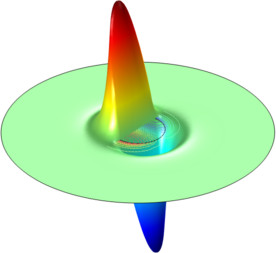
Step-Index Fiber Simulation
Optical fibers are used to transmit information in the form of light through an optical waveguide made of glass fibers. The light is sent in a series of pulses that can be translated as binary code, allowing the transfer of information through the fiber. Because such pulses can travel with less attenuation and are immune to electromagnetic disturbances, fibers are used instead of traditional metallic wires thus allowing data transmission over longer distances and at higher bandwidths.

Digging into COMSOL’s Geomechanics Module
I will always remember a Geotechnical Engineering class I took during the pursuit of my Civil Engineering degree. It contained both the high and low points for that academic semester; the lab portion was a lot of fun, learning about (read: playing with) the different soils and clays existing in the state of Georgia. The final project, on the other hand, tasked us with designing a retaining wall to match certain specifications — a tough and lengthy assignment. A retaining […]
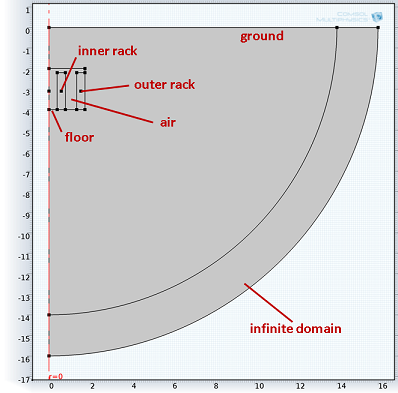
Modeling Temperature of a Wine Cellar
A lot of effort is put into inventing or improving existing technologies used to cool buildings, food, or any goods that need to be stored at a definite temperature. The reason is simple: adopting more efficient designs will result in achieving the same goal while consuming less energy. Both our balance sheet and the environment will benefit from these solutions. Here we will explore modeling temperature of a passive cooling design using a wine cellar as an example.
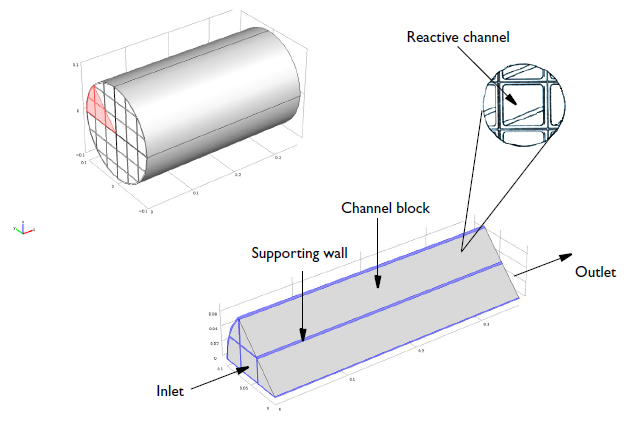
Modeling Chemical Reactions: 3D Model of a Monolith Reactor
In a previous blog post we dealt with the reaction kinetics and modeled plug flow of a monolithic reactor in the exhaust system of a car. The goal was to determine the ideal dosage of ammonia to reduce the nitrogen oxide levels emitted into the air. After understanding the chemistry of our problem, it is now time for the second part in our “Modeling Chemical Reactions” blog series. Here, we will go through the steps of generating a 3D model […]

Modeling a Burning Candle, How Would You Do It?
This holiday season most of us will have burned our fair share of candles. The flickering light of candles can really enhance the ambiance and put you in festive spirits. This reminds me of an analysis of a burning candle developed by AltaSim Technologies back in 2010. So, in tune with the holiday cheer, here are some candle physics.
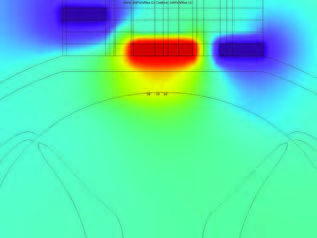
Modeling Scar Effects on Electrical Spinal Cord Stimulation
Spinal cord stimulation (SCS) is a treatment for chronic back pain that has been around for over 40 years. It involves implanting electrodes that apply electric potentials directly to the spine, interfering with the human pain signaling circuitry. The body attempts to send pain signals to the brain, but the electrodes act as a barrier preventing the signals from reaching the brain. Although an overall successful method for treating back pain, researchers have been improving on the design since the […]
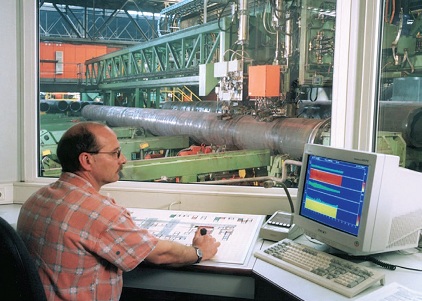
Impedance Boundary Conditions Help in Modeling Nondestructive Testing (NDT)
How do you simplify a 3D geometry to reduce the computational resources required to model it? Do it in 2D. What if the phenomenon can only be properly simulated in 3D? Find the planes of symmetry and reduce the size, most engineering objects are symmetric in some way. What if there is no symmetry, such as the propagation of random cracks through a steel pipe? Well, as this story from COMSOL News 2012 shows, there are other methods, such as […]
